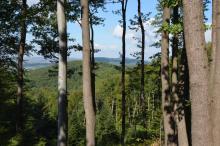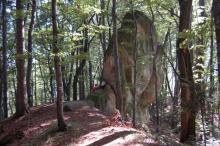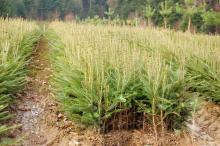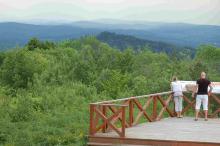 Asset Publisher
Asset Publisher
Sale conditions
Sale conditions of wood are specified by the regulation of Director – General of the Sate Forests.
Within the framework of the individual sale , the foresters try to meet the fast growing demand, because more and more people use wood in order to heat their houses. Contrary to general opinion, these are not only village people, even though they prevail among recipients. The growth of firewood demand is the result of occurrence of new housing estates built in the suburbs of large agglomerations, where houses are usually equipped in fireplace heating installations.
Firewood is not only the most ecological heat source, but also is much more attractive in respect of relation of price and electric efficiency, rather than cola, oil, gas or electric power.
In recent years, the Sate Forests increased the sale of firewood of one third – up to over 4 million cubic meters annually. Firewood is not only the most ecological heat source, but also is much more attractive in respect of relation of price and electric efficiency, rather than cola, oil, gas or electric power. Some of customers choose already prepared and cut into pieces wood, the others very willingly obtain it by themselves after arranging all details and fulfilling particular safety conditions, and after paying the fee; that concerns mainly so called "thinnings". Such a raw material is very cheap, that is why many people from village areas profit from such possibility.
 Asset Publisher
Asset Publisher
Leśna archeologia
Leśna archeologia
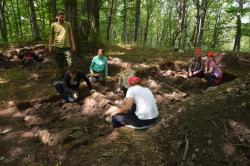 Prace terenowe
Prace terenowe
 Żelazne groty strzał
Żelazne groty strzał
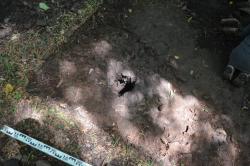 Ślad po drewnianym palu
Ślad po drewnianym palu
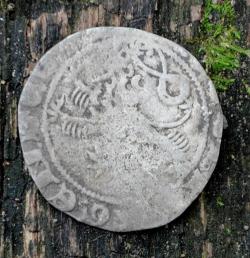 Grosz praski Jana I Luksemburskiego.
Grosz praski Jana I Luksemburskiego.
 Żelazne groty strzał
Żelazne groty strzał
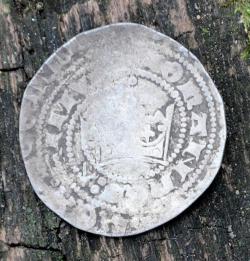 Grosz praski Jana I Luksemburskiego
Grosz praski Jana I Luksemburskiego
Na „Zamczysku” w Sanoku – Białej Górze prowadzone są obecnie badania archeologiczne, kierowane przez p. Piotra Kotowicza (Muzeum Historyczne w Sanoku), przy udziale studentów i doktorantów Instytutu Archeologii Uniwersytetu Rzeszowskiego.
Leśne stanowisko archeologiczne na szczycie jednego z wzniesień od wielu lat znajduje się pod opieką miejscowego leśniczego leśnictwa Liszna p. Marka Wilka. Na podstawie dotychczas odkrytych przedmiotów, gródek rycerski „Zamczysko" jest datowany na przełom XIII i XIV wieku. To pierwsze w pełni udokumentowane prace, które doprowadziły do odnalezienia ponad 350 zabytków metalowych i wielu innych, głównie ceramicznych. Najciekawsze znaleziska to niewątpliwie srebrny grosz praski Jana I Luksemburskiego, bity w latach 1310-1346 i dwie ostrogi, zachowane niemal w całości. Najwięcej jednak jest grotów żelaznych używanych do okuwania strzał i bełtów kusz. W północno – zachodniej części gródka natrafiono na ślad po drewnianym palu, będącym zapewne częścią umocnień.
tekst i zdjęcia: TM (2014-07-18)




